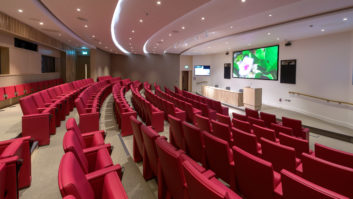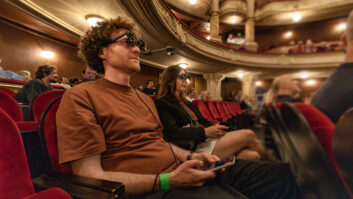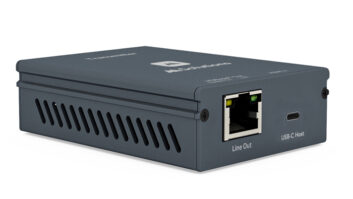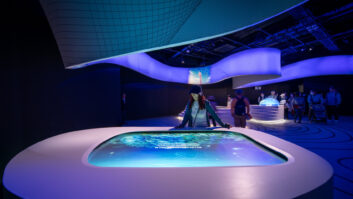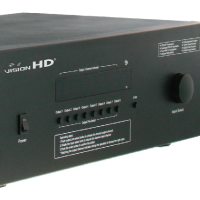
The advent of HDMI has heralded a major technological step-change in the CI world, and it’s one that continues to cause challenges for installers and electricians. Thankfully, Adrian Hicks – technical director of trade-only home entertainment and home automation product distributor Habitech – is on hand to offer some tips to make HDMI distribution that little bit more straightforward.
Until 2008, most of us were happy using component connectors – HDMI was yet to take off in a big way. We knew our way around three-coax cables, fault-finding was easy and – by and large – everyone was happy.
Then, at CEDIA UK in 2008, Sky rocked the boat in a big way by withdrawing all warehouse stock of Sky HD boxes with component, meaning that the only possible means of distribution was via HDMI.
This came as a shock to most residential installers, with rumours abounding regarding keys, encryption and compatibility issues. For example, was it possible to use converters back to component, or could these be ‘blackballed’ when a new Blu-ray player was installed?
By this point, most installers had already adopted video over CAT as the main structure of their cabling, with some using video cabling – and now HDMI was firmly in the mix.
The design of HDMI and HDCP (the software encryption behind it) was originally based around Blu-ray for sending video to a single display down a short cable. Plug the HDMI cable in and the screen and source exchange information on which formats of signal they support: this is referred to as Extended Device Identification Data (EDID) and typically includes display resolution and the audio format the display is able to accept.
The two devices then exchange agreed encryption keys, which the Blu-ray uses to encrypt the data; the display then decodes the information as a video signal and displays it. These keys are then re-exchanged typically every two seconds to prevent the encryption keys being learned over time. (It should be noted that this encryption system doesn’t allow for whole-home setups – it’s designed for two-box solutions.)
As installers, we want all our sources to be centrally located for distribution throughout the home, via the matrix in our system rack. We also need to route all this information around large houses. The fact is, a standard Category 1 HDMI cable will struggle to transmit the signal over five metres and, as it’s almost impossible to terminate on site, any damage during the installation to the cable or connector renders the cable unusable.
The last couple of years have seen the introduction of numerous products designed to accommodate or work around the limits of the HDMI matrix. By and large, they perform three functions: splitting and matrix switching, facilitating multiple sources and displays; transmission over distance using inexpensive cables, easily installed and terminated; and converting to and from analogue video to accommodate existing video products.
The primary challenge here is fooling both sources and displays that they are in the typical (ie. geared-for-HDMI) two-box system. This process involves the high-speed generation of digital keys in both directions, and the negotiation and renegotiation of formats while also switching the signals.
In the case of one source being sent to multiple displays, this also raises the issue of the different capabilities of the displays. For instance, what happens if an end-user is watching a movie with surround sound in his cinema, and the kitchen TV is switched to the same source? The matrix will negotiate between the TV and the Blu-ray, but since the Blu-ray can only send one format of audio/video signal, the matrix will switch video to 720p, lowering the cinema’s resolution and turning sound to stereo. It’s therefore crucial that installers ensure that systems have a common format, ideally 1080p.
The issues discussed here are by no means the only problems associated with HDMI, but while it’s fair to say that neither installers or distributors wanted to adopt HDMI – the learning curve has been steep! – they now have increasing access to a variety of high-spec solutions (including the Vision HD MX0808-310 8-by-8 DVI/HDMI true matrix, pictured). Use the correct components and working practices and you should have no problems producing a system that is able to deliver all the benefits of HDMI.
